
On Force and Form
403 Research Studio
2020
Where the material goes, the force flows. This concise phrase links material, geometry and force in relationships that are operative. Without this triad, we would lack a broad and captivating history of architecture. It is precisely material coursing with force that has configured centuries of social interaction, political debate, religious liturgy and indeed, a central disciplinary vector of architecture. The studio will be deeply invested in how structures perform and produce spatial organization, new forms of social engagement, and new experiences.
On Force and Form is a play on the title of D’Arcy Thompson’s On Growth and Form and like this reference, On Force and Form studies the relationships of matter and environment. The term environment has three distinct meanings here. Environment (as force) encompasses the applied conditions that shape matter. Environment (as a set of physical conditions) describes the local aftereffects of material production. Environment (as an aggregate of influences) records the cumulative impact of production more broadly. These three definitions of environment cross scales from the molecular to the human to the planetary. The calculations that interrelate geometry, material and force directly implicate environment at each scale.
The natural resources, embodied energy, mechanical and electrical operations, and waste associated with construction account for 36% of the energy consumed worldwide. As a designer always eager to harness the technical in producing the critical, this studio postulates that expertise in the design of structural proposals is deeply connected to all three of these definitions of environment, making structural knowledge especially relevant to a culture increasingly concerned with natural resource and energy liabilities. Our highly computational milieu allows us to actively work with physics to study the dynamic response of objects to applied force. Parametric software and game engines alike allow designers to simulate active environments, objects with material properties, and other agents. If designers actively engage structural principles, not only can they produce innovative structure and organization, but can do so while aware of the limits of minimal means, the tension between math and material, and the implications of material excess.
Related Faculty |
Heather Roberge |

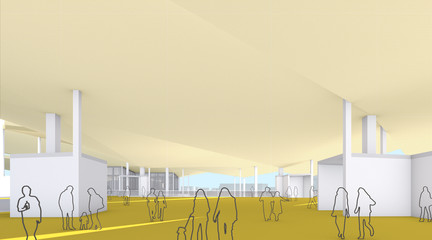
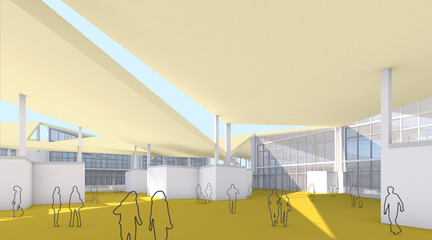



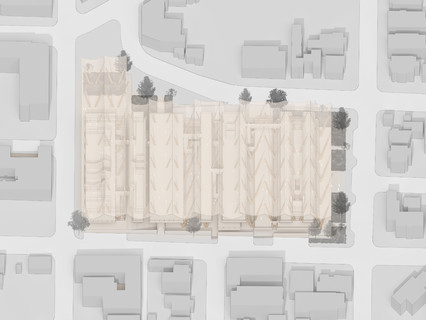
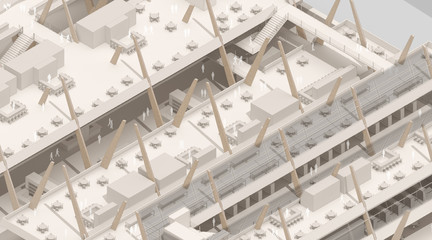

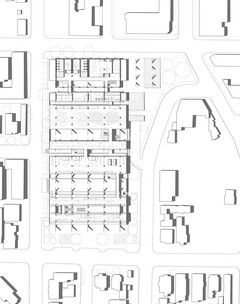

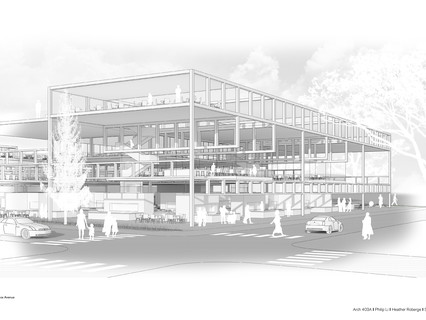
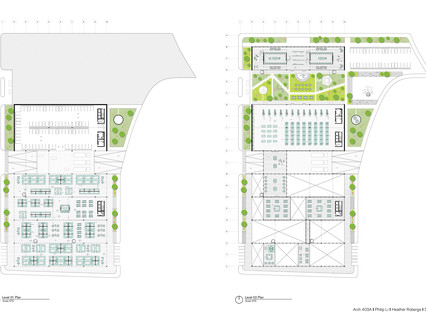
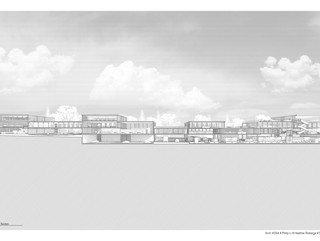
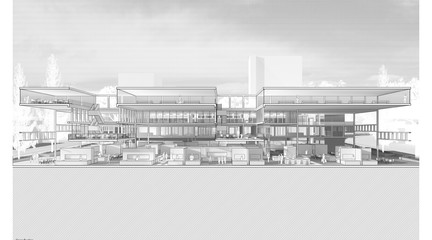
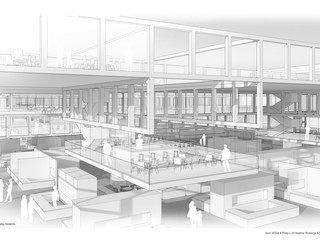

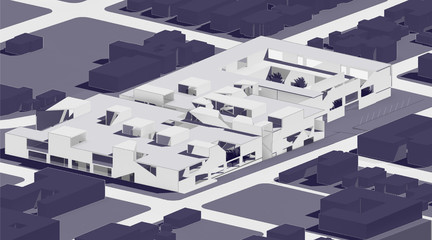
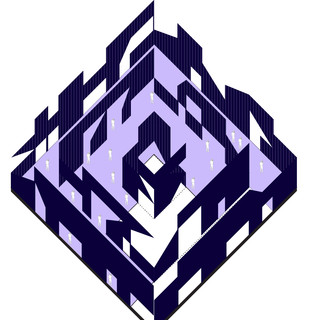

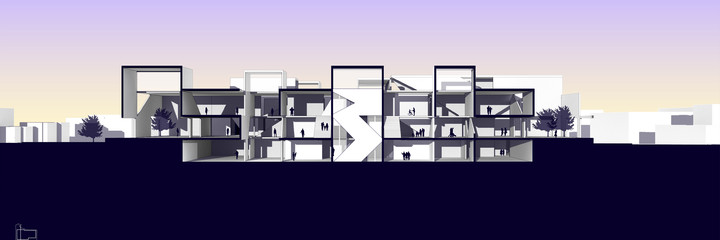
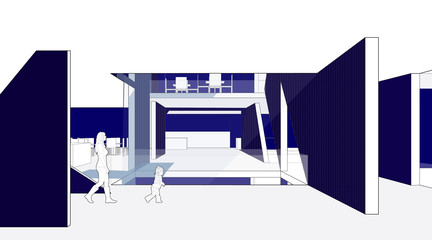

- Martha Kriley
- Martha Kriley
- Martha Kriley
- Martha Kriley
- Martha Kriley
- Conway's Market by Martha Kriley
- Noam Taylor
- Noam Taylor
- Noam Taylor
- Noam Taylor
- Noam Taylor
- Noam Taylor
- Philip Li
- Philip Li
- Philip Li
- Philip Li
- Philip Li
- Philip Li
- Katie Gancedo
- Katie Gancedo
- Katie Gancedo
- Katie Gancedo
- Katie Gancedo
- Katie Gancedo